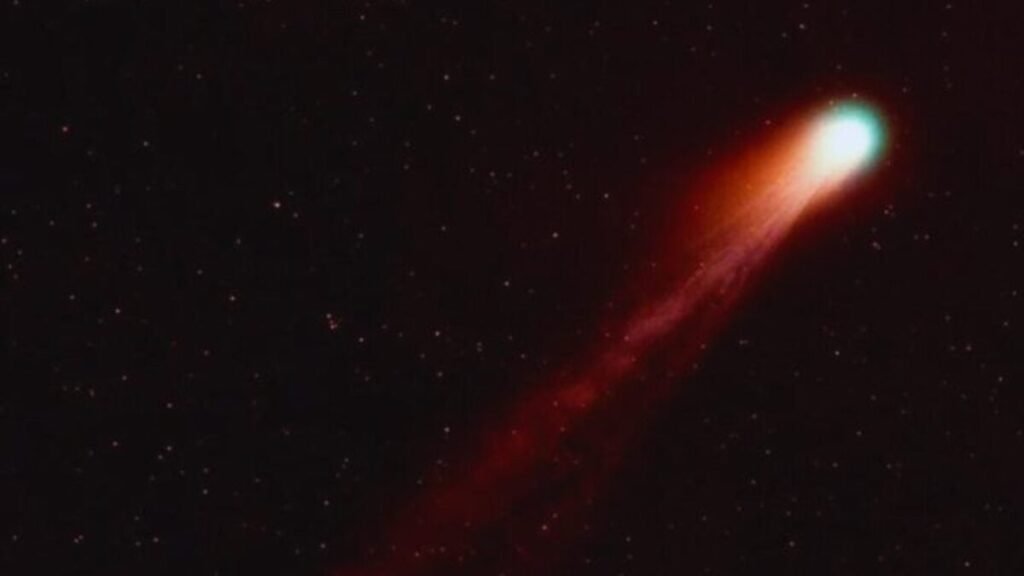The Visitor That Got Away: Comet 3I/ATLAS and the Missed Opportunity that Unveiled a New Space Strategy

A fleeting rock crossed our solar system without us being able to reach it, coming from another stellar system, it was within reach of a mission… if it had been launched from Mars the same day of its discovery. What seemed impossible turned into an “almost”, and that “almost” reconfigures our approach to future interstellar missions.
A comet from another world… and a real possibility

Discovered on July 1, it immediately showed unique characteristics: hyperbolic orbit, entry speed of 38 km/s, and an extremely close perihelion to the Sun. Its passage would also bring it close to Mars —only 0.18 AU— generating a unique opportunity to study it up close.
A recent study, led by scientists from the , calculated that, if a spacecraft had departed from Martian orbit on the same day of the discovery, the encounter would have been possible on October 3. No futuristic technology was needed, nor missions designed from scratch: it was enough to use an already operational probe on Mars and act quickly.
From Earth, on the other hand, the delta-v required exceeded 24 km/s, double the current capacity of our rockets. Mars, thanks to its position and lower gravitational well, . But time was not on our side.
What could we have discovered from 3I/ATLAS
Animation showing comet 3I/ATLAS moving through the dense stellar field of the galactic plane.
— iDrZeus (@cdrzeus)
It is only the third interstellar object detected and likely comes from another star’s Oort cloud. If the flyby had been achieved, we could have analyzed its core, gases, isotopes, and organic compounds, comparing it to comets in the solar system.
With a maximum magnitude of 10, , but its data could have offered clues to understanding how planets form beyond our system. In the interplanetary void, every wandering fragment tells a story. And this one slipped away from us by hours.
The future: interceptors on standby and Mars as an advanced base

The case of made it clear that we need to be prepared before the next interstellar visitor arrives. It’s no longer just about launching missions from Earth, but having ships ready, activatable in a matter of days, orbiting Mars or strategic points like L2.
The European Space Agency has understood this: , planned for 2029, will be a dormant probe waiting for the next pristine comet. It is a bet on anticipation, speed, and immediate responsiveness.
With , we were close, but it wasn’t enough. Next time, perhaps we won’t let the impossible catch us off guard without preparation. Because to catch fragments from other worlds, it’s no longer enough to look at the sky: we have to be ready to go out and meet them.






